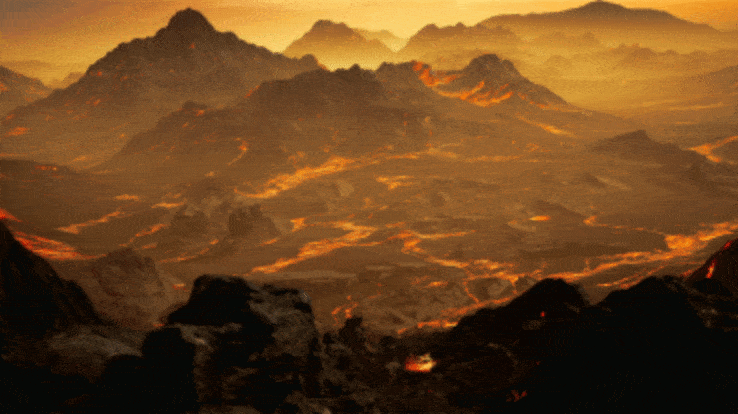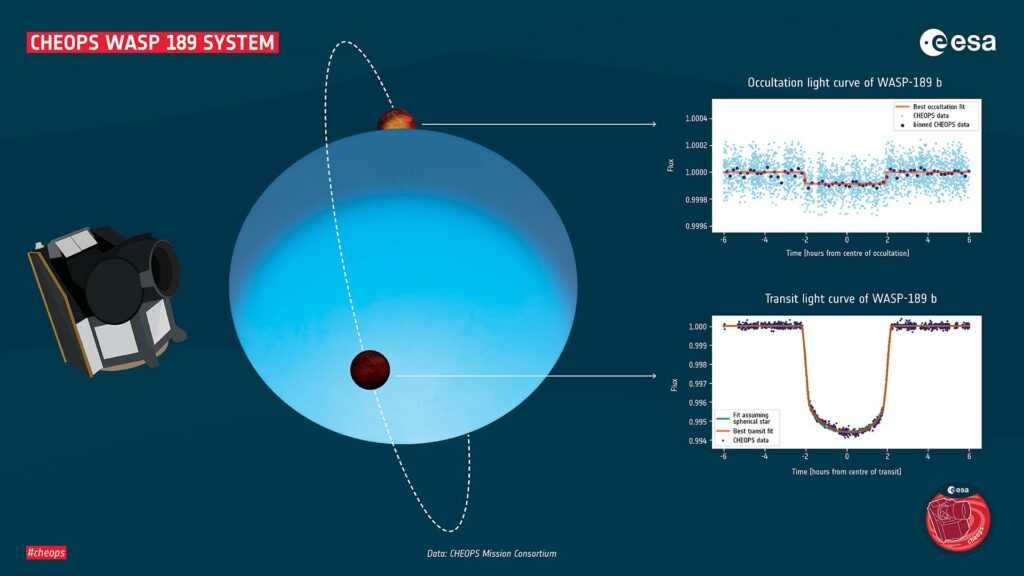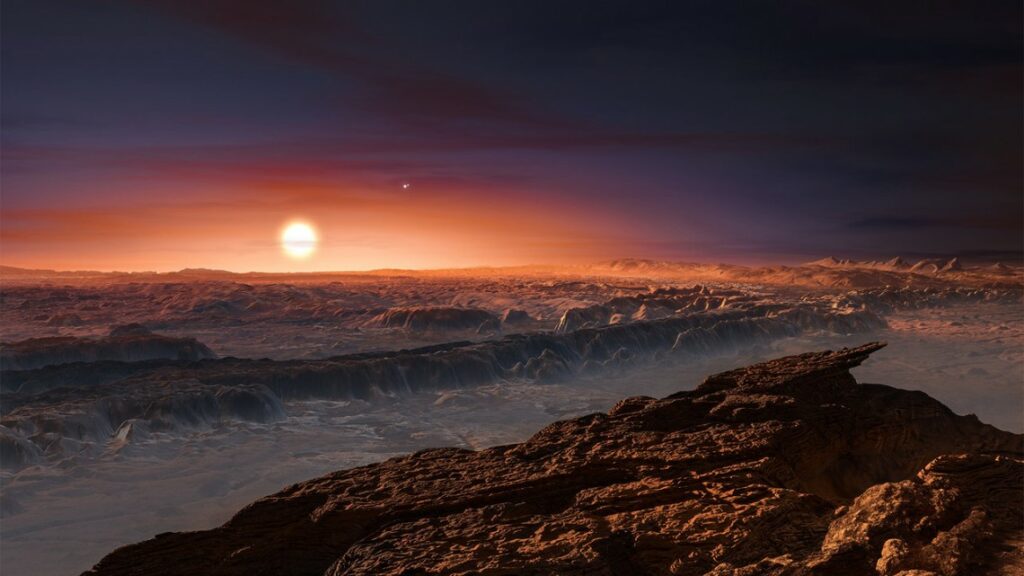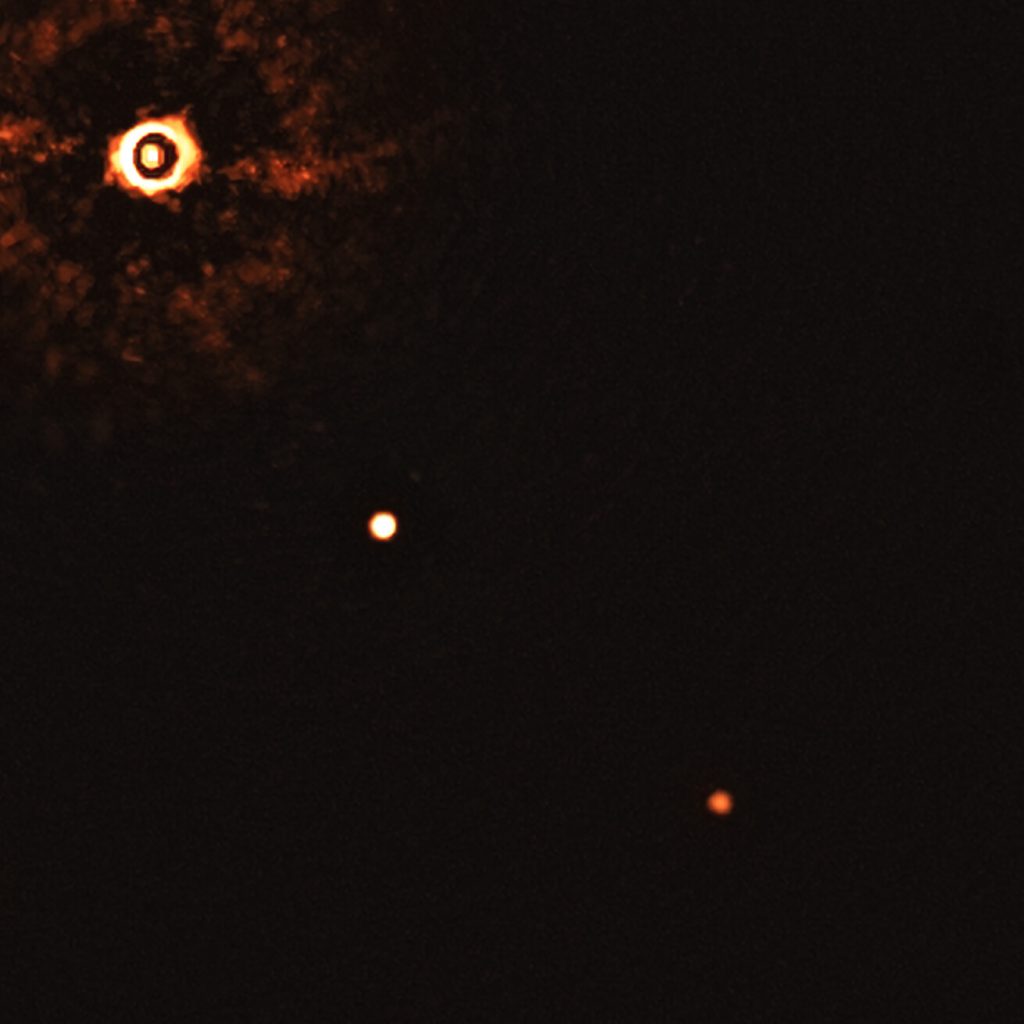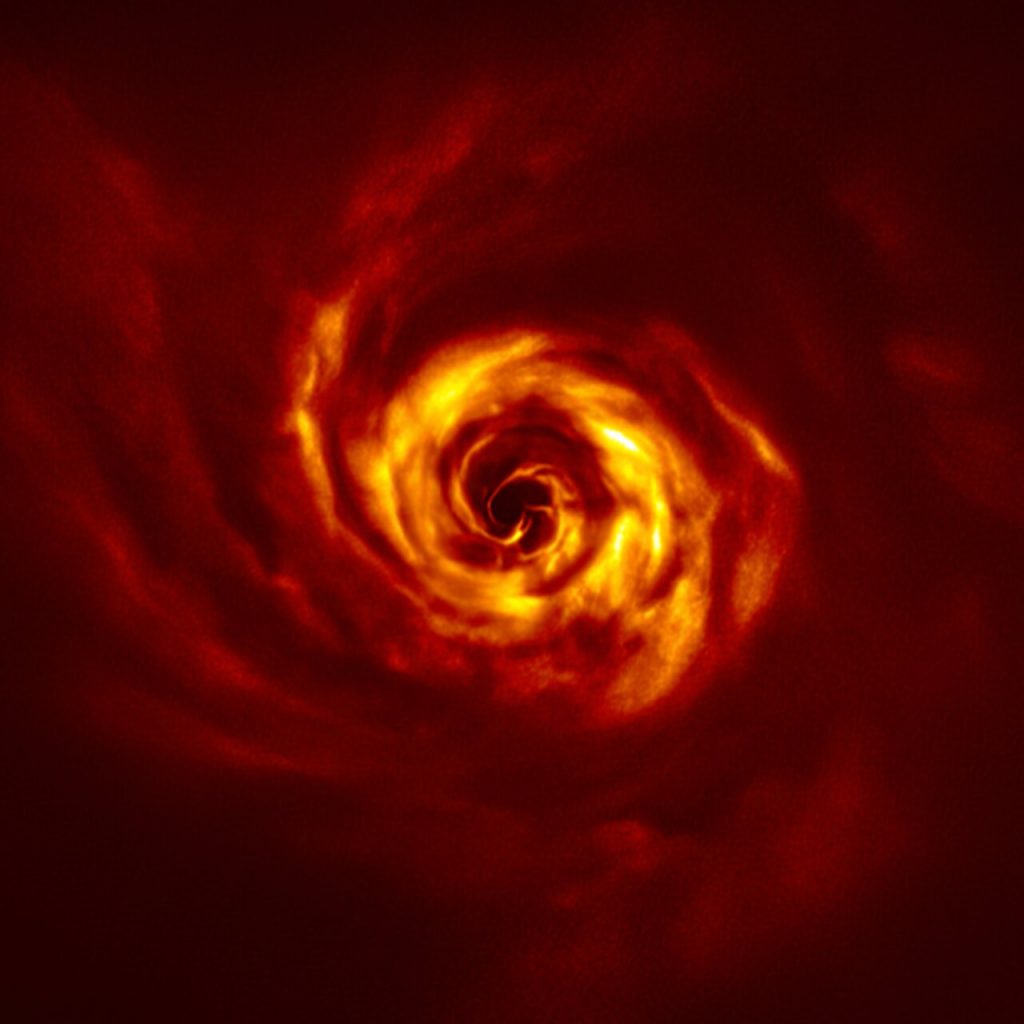Super Venus in our cosmic neighborhood
Wolf 437, also called Gliese 486, is a red dwarf fairly close to the Sun - just 26 light-years away. What makes it interesting is a planet that astronomers now present in Science. Gliese 486 b moves around its parent star in a circular orbit within 1.5 days and at a distance of only 2.5 million kilometers (Earth: 150 million kilometers). Since its rotation around its own axis always takes the same time, the planet always turns the same side to its sun - similar to the moon to the earth. Although the star Gliese 486 is much fainter and…
